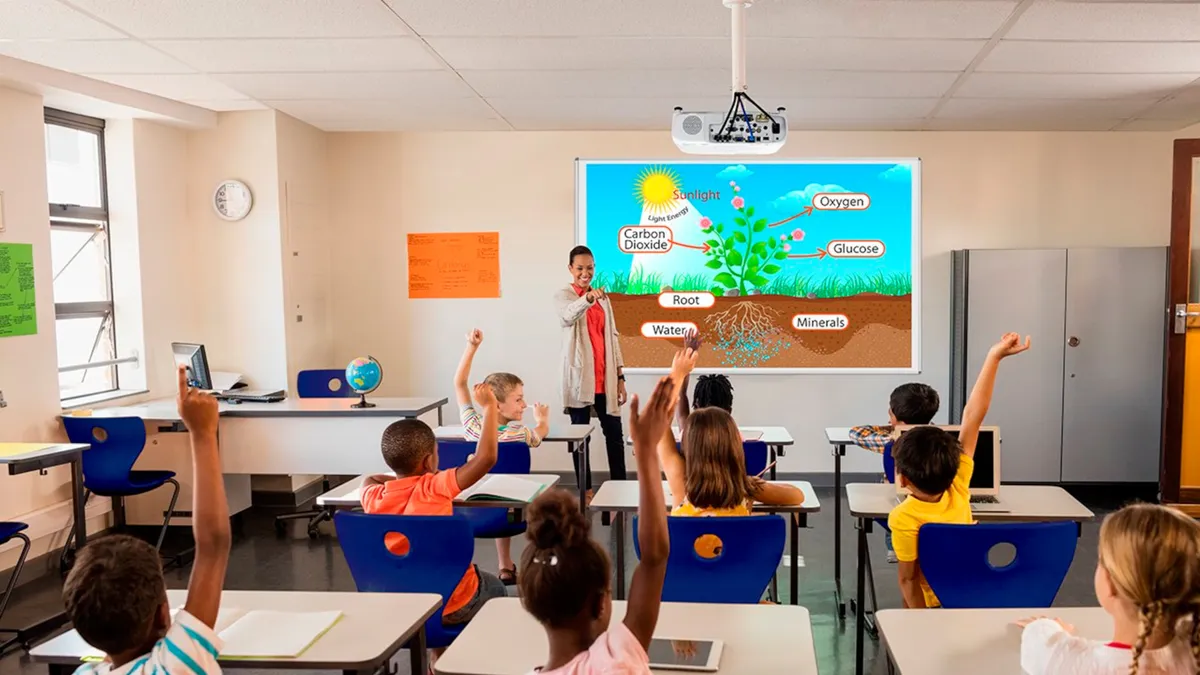The Progressive Case for Reforming Higher Ed — from insidehighered.com by Michael D. Smith
Customized, digital education offers a path for progressive reform, Michael D. Smith writes.
That’s the bad news. But there’s good news, too. New digital technologies have arrived during the past decade for delivering instruction and evaluating individual student learning at scale. If we embrace them, they can make real reform possible and allow us to imagine a fairer, more accessible system of higher education—one that will enable us to better serve the many students who are left out of our existing scarcity-based model.
…
I think it should be to reform our educational system in ways that will benefit society. And with the advent of new digital technologies, we have a once-in-a-generation opportunity to do just that. If we embrace those technologies now, we can democratize access to the knowledge that students from all socioeconomic backgrounds need to discover and develop their talents, and we can make it possible for them to earn the credentials they need to signal their knowledge to employers—all so that they can use their talents to make a difference in the world.But in the years ahead, thanks to these new technologies, the broader ecosystem that these institutions exist in is going to expand and change dramatically. Gradually, elite residential colleges and universities will lose their dominant place in that ecosystem, and customized digital learning will first disrupt and then come to dominate a new system of higher education—one that reaches more people, and generates greater benefits for society, than ever before.
Enrollment woes hit both private and public colleges in 2023, S&P reports — from highereddive.com by Ben Unglesbee
Analysts with the ratings agency described a “tough year” in the higher ed world as revenue pressures ran into rising costs.
Dive Brief:
- Fiscal 2023 was a “tough year” for private nonprofit colleges amid a “long trend of weakening demand,” S&P Global Ratings said in a Tuesday report.
- Median full-time equivalent enrollment at private nonprofits fell 0.8% year over year in fiscal 2023, while retention rates hit a five-year low of 82.4%, according to S&P’s analysis. Given demand pressures and rising costs, institutions in the private nonprofit sector saw five times more credit downgrades than upgrades during the fiscal year.
- In a separate report on public colleges, S&P analysts said the recently ended fiscal year also tested the financial resilience of those institutions, with median full-time equivalent enrollment falling 0.7% for the sector.
We have to remember all of this as we design more inclusive pathways to promising opportunities. A good job can often include flexible or hybrid working options, but a good job also includes some softer aspects connected to safety, wellbeing, creativity, growth, and the freedom to make choices and make decisions.
Dr. Michelle R. Weise in How Do You Define a Good Job?
President Joe Biden canceled an additional $1.2 billion in student debt for public servants on Thursday, the latest effort to provide loan relief and deliver on one of his signature initiatives. The assistance will affect 35,000 public service workers enrolled in the government’s loan forgiveness program, including nurses, firefighters and teachers. The Education Department has now forgiven $168.5 billion in student debt for 4.76 million Americans. Biden’s more ambitious plan to help Americans increasingly buried for decades under massive educational debt, a $400 billion plan for broad student debt relief, was blocked by the US Supreme Court.
Sticker shock: A look at the complicated world of tuition pricing — from highereddive.com by Ben Unglesbee
Despite attention to lofty sticker costs, the practice of discounting has reached new highs, confusing students and straining revenue for institutions.
This spring, the price of college rode the news cycle again as headlines featured an eye-popping $100,000 in attendance costs at Vanderbilt University.
…
The practice of marking down tuition sticker prices is decades old and comes with few benefits at this point, many experts say. It can mislead students and muddy the conversation around the value of a college education, while for institutions tuition discounting can wear on revenue and finances in a competitive environment.
…
At the same time, tuition discounting among private nonprofits hit a new high of 56.1% in 2023-24.
“The number that bothers me the most is the increasing costs for the low-income kids,” Levine said. “If you’re making $50,000 or under, you still have to come up with almost $20,000, which is essentially impossible.”













